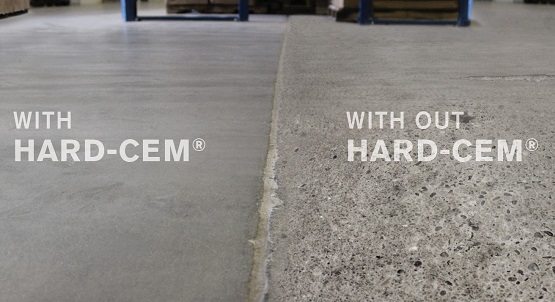 Thursday, October 3, 2024
Thursday, October 3, 2024  Thursday, October 3, 2024
Thursday, October 3, 2024 
When you think of concrete, it’s likely not long before you’re thinking about its durability. It’s one of the more well-known advantages of the material. And it’s why many choose to use concrete in construction. After all, no one wants to build with a material that couldn’t withstand the outside elements. So we turn to that concrete durability, relying on it enough to make concrete one of the most consumed materials on the planet, second only to water.
But concrete isn’t invulnerable. Depending on its mix, you could have a maintenance liability on your hands. Luckily, there is a way to avoid that. All it takes is being aware of how you can convert your concrete slab from a maintenance liability to an asset.
The first step in the right direction is to remind yourself that while durable, concrete slabs can still be prone to wear and tear.
It’s why you look for concrete hardening products. They’re meant to add an extra layer of protection to the concrete’s surface, sheltering it from abrasive and erosive forces that might otherwise degrade the concrete.
You can probably think of quite a few culprits responsible for this wear and tear. But as a refresher, let’s look into the specific types of abrasion and erosion you’re likely protecting your concrete from.
A Number of Abrasive Forces Can Cause This
As noted in our latest e-book (which you can download and check out for yourself here), there are three specific types of abrasion-only wear:
Keep reading this blog on Kryton.com